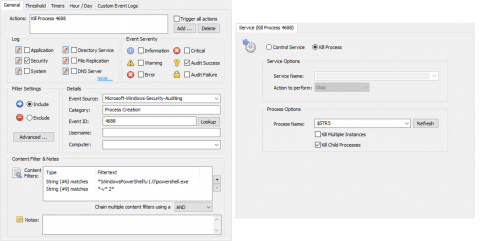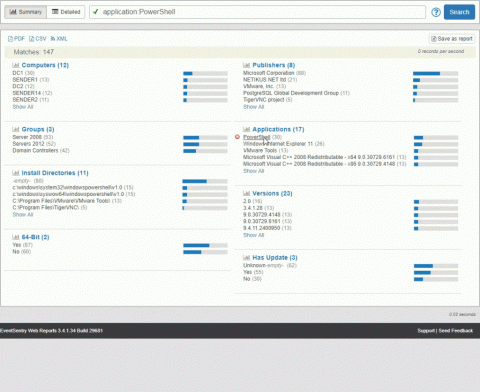Who Is Responsible for Your Cloud Security?
The cloud is a tremendous convenience for enterprises. Running a data center is expensive – doing so not only requires buying a lot of servers, cable and networking appliances but also electricity, labor costs, cooling and physical space. Services like Amazon’s AWS, Microsoft’s Azure, Oracle’s Cloud and Google’s Cloud Platform give businesses the benefits of having a data center without the expensive overhead and related hassles.








